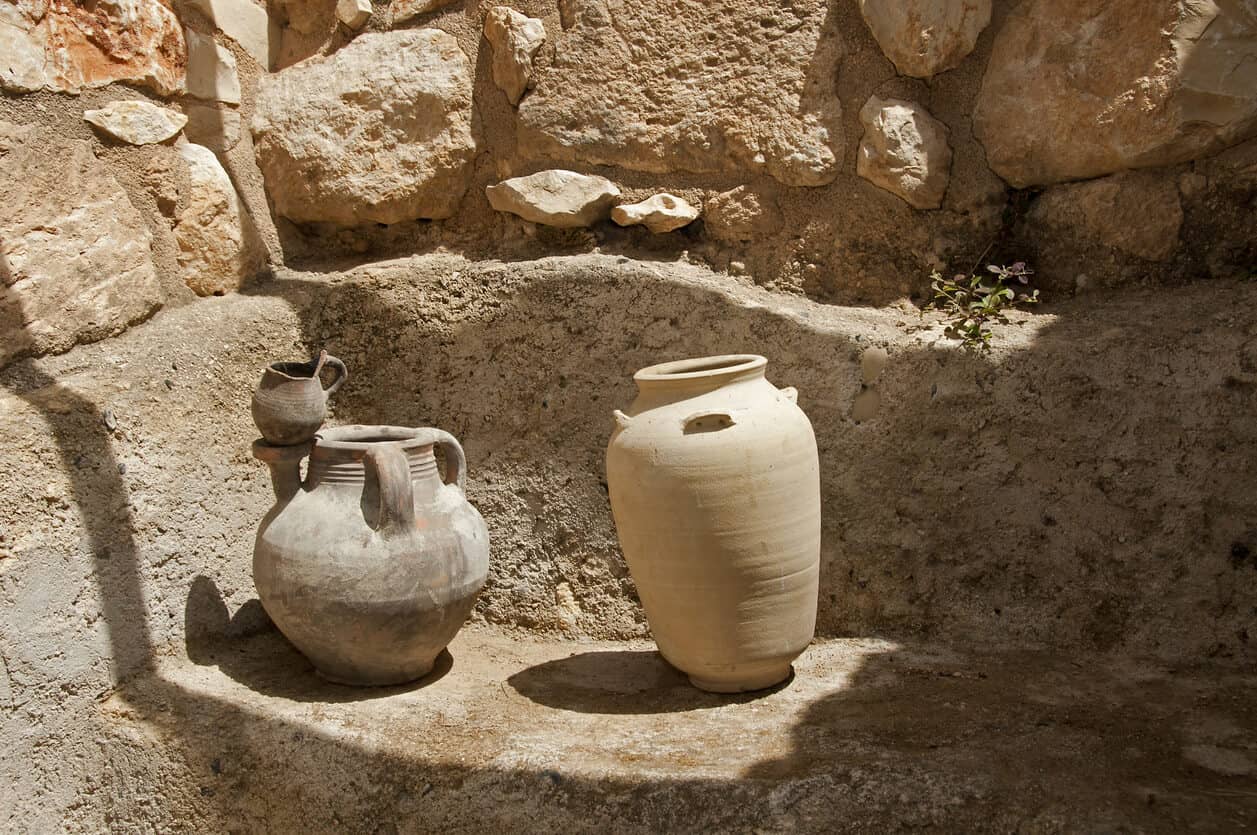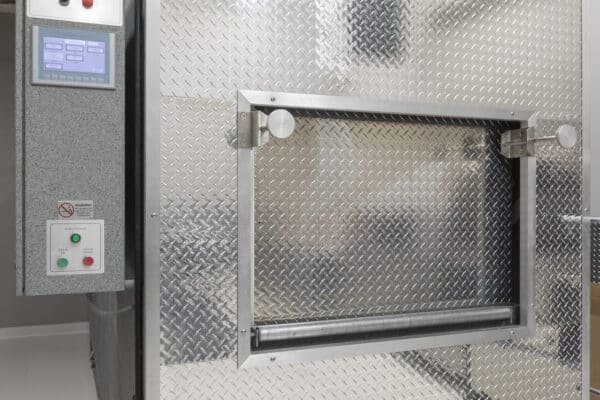Here’s a brief history of cremation. According to the National Funeral Directors Association, human cremation is more common than traditional burial in the U.S. (59.3% vs 35.7%).
This statistic may surprise you depending on where you live in the country and your age. You may remember a time when cremation seemed rare in your community, and it may feel like this method of disposition is relatively new. But, a partly cremated body found on a funeral pyre in Israel shows evidence of human cremation in Israel dating back 9,000 years.
Table of Contents
Early Civilizations and Cremation
It should go without saying that the study of cremation is complicated. Its practice is closely tied to a society’s religious beliefs. Some religions – like Islam and Judaism – do not permit the practice. However, there’s evidence of cremation as early as 8,000 B.C. from Buddhists in China, and it plays a prominent role in end-of-life traditions across South Asia. For example, in India, Hindus believe cremation sets the soul free.
Of course, practicality also played a role in early cremation, as the practice was only available in places with wood available for burning on open pyres. So burial was a more practical solution for some areas of the world.
The Cremation Association for North America reports that scholars think the practice probably started in Europe and the Middle East during the early Stone Age – around 3000 B.C. There’s also evidence of cremation in parts of Africa and the Americas.
It’s thought that the Aztecs practiced cremation. Being of noble birth meant you were more likely to be cremated in this society.
The Ancient Greeks adopted the cremation of fallen soldiers. Since it was impossible to bring soldiers’ bodies back home for burial, they were cremated near the place of death. Then the ashes were sent back to Greece for entombment. Cremation began to be considered an honorable option in Greece since it was directly associated with those who died in honor.
Cremation continued as a practical means of caring for a deceased body in Greece and the Roman Empire. However, with the spread of Christianity, cremation began to fall out of practice. It was still a popular option in Scandinavia and used to contain the spread of disease during the Black Death, but overall, cremation fell out of practice in Western countries.
The Development of the Modern Cremation Movement
Cremation as we know it today only began a little over 100 years ago with the invention of the first dependable cremation chamber. It was first developed in Italy in the 1870s and spread across Europe. In 1874, Queen Victoria’s surgeon, Sir Henry Thompson, and his colleagues founded The Cremation Society of England.
The first modern crematory used in the U.S. was built in Washington, PA, in 1876. It was operated by Dr. Francis Julius LeMoyne. During this time in history, embalming was increasingly common because it allowed the soldiers killed in the Civil War to be returned home to their families. Dr. LeMoyne suspected that the embalming process and the burial of embalmed bodies harmed the water supply, which fueled his argument for cremation.
By 1900, additional cremation societies emerged throughout the country.
As environmental and financial concerns dominate U.S. culture, more people are turning to cremation – and direct cremation – as a method of disposition.
Pre-Plan for Peace of Mind
The Philadelphia Cremation Society offers pre-plan direct cremation packages that allow you to leave behind a record of your preferences – and save money. Learn more by filling out this online form. Our compassionate staff will help you with the pre-planning process.
Key Takeaways
- Evidence for cremation has been found all over the world.
- Most scholars think cremation began as a practice during the Stone Evidence of cremation in Israel dates back 9,000 years.
- Cremation is common in many parts of Asia, especially for Buddhists and Hindus.
- The modern cremation movement started with the invention of a cremation chamber.
- Cremation is the most common method of disposition in the U.S.






